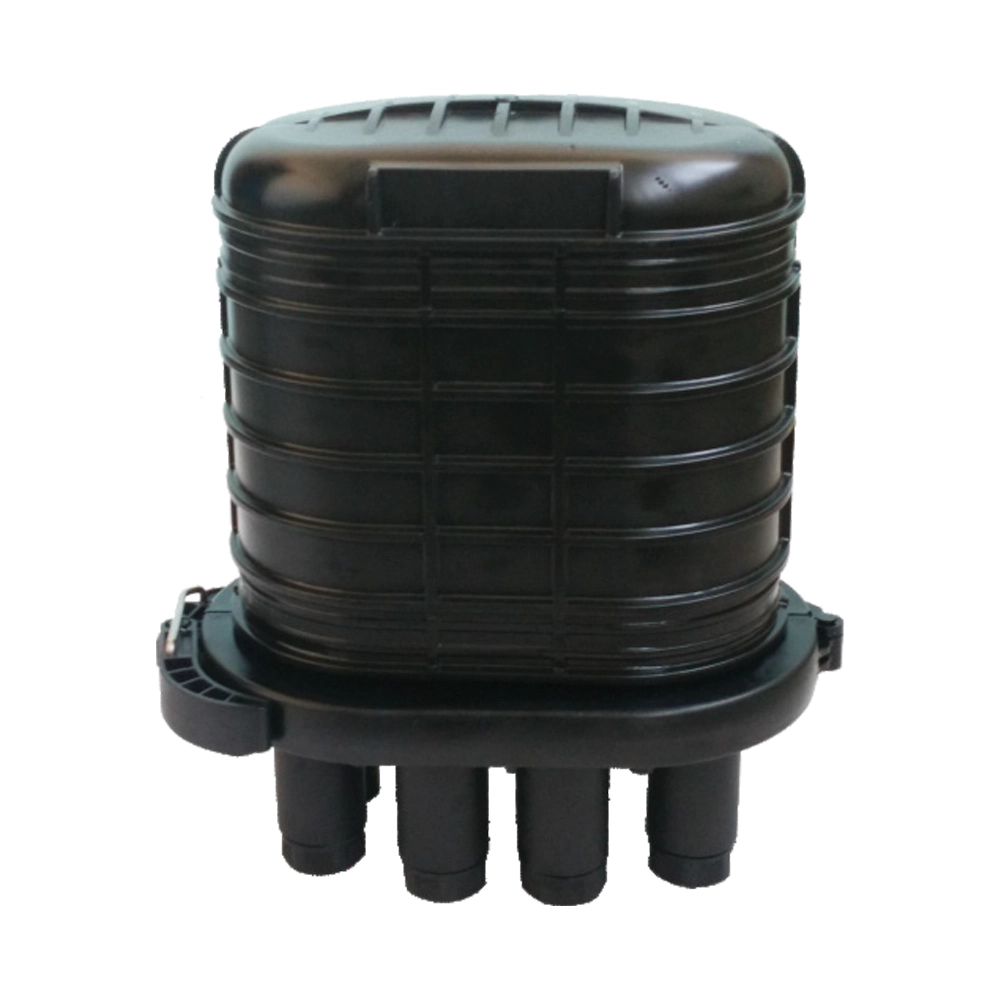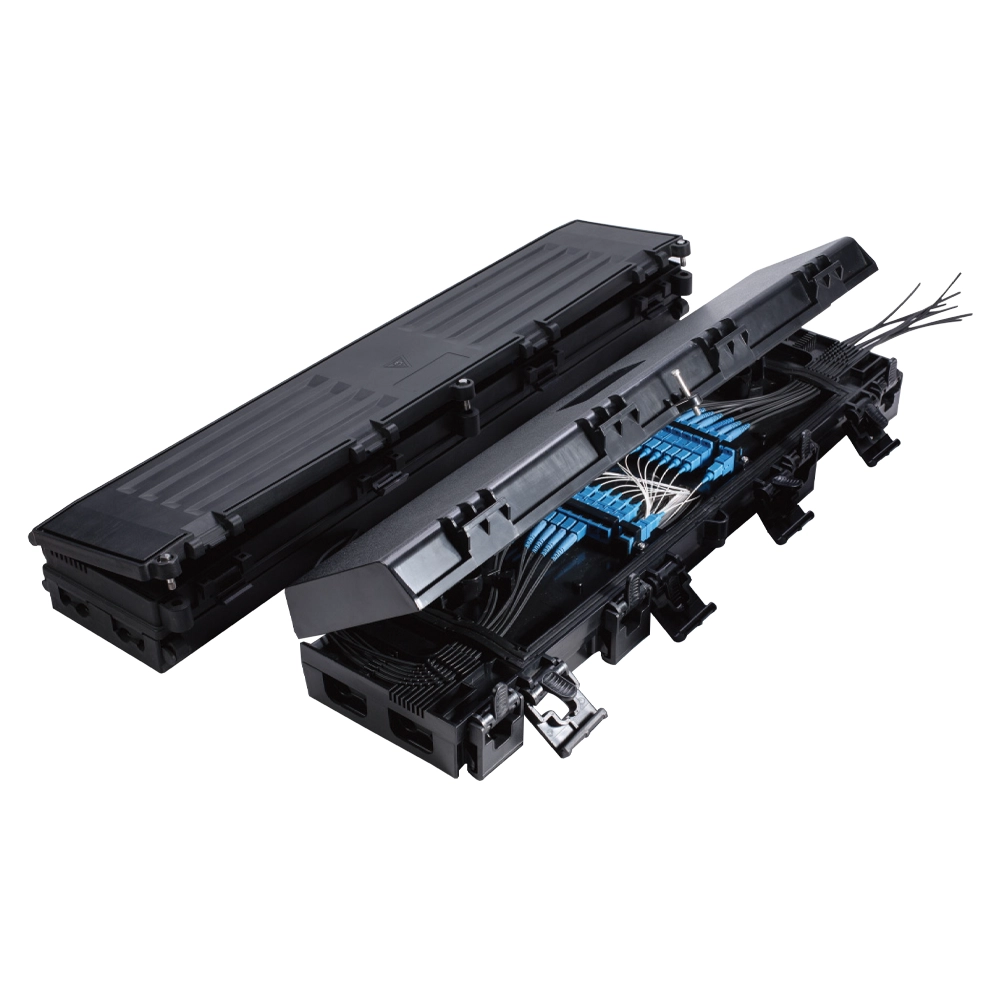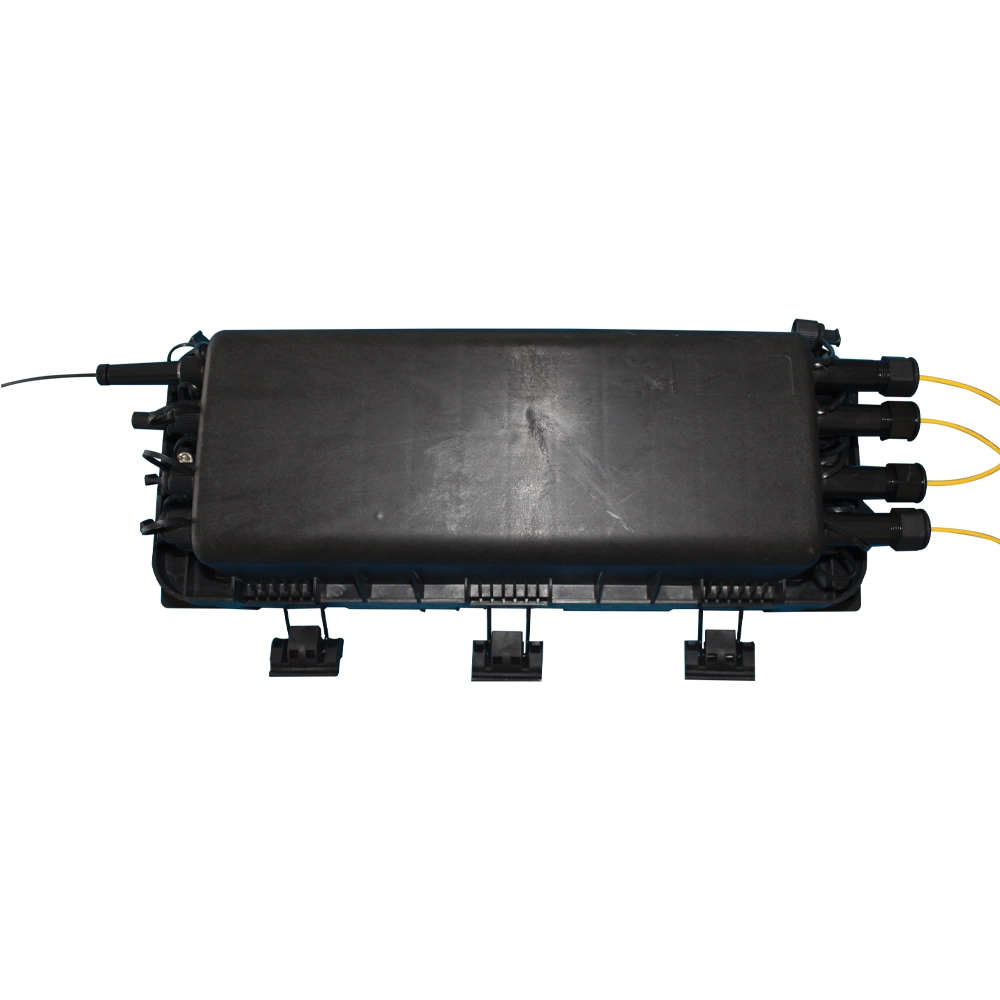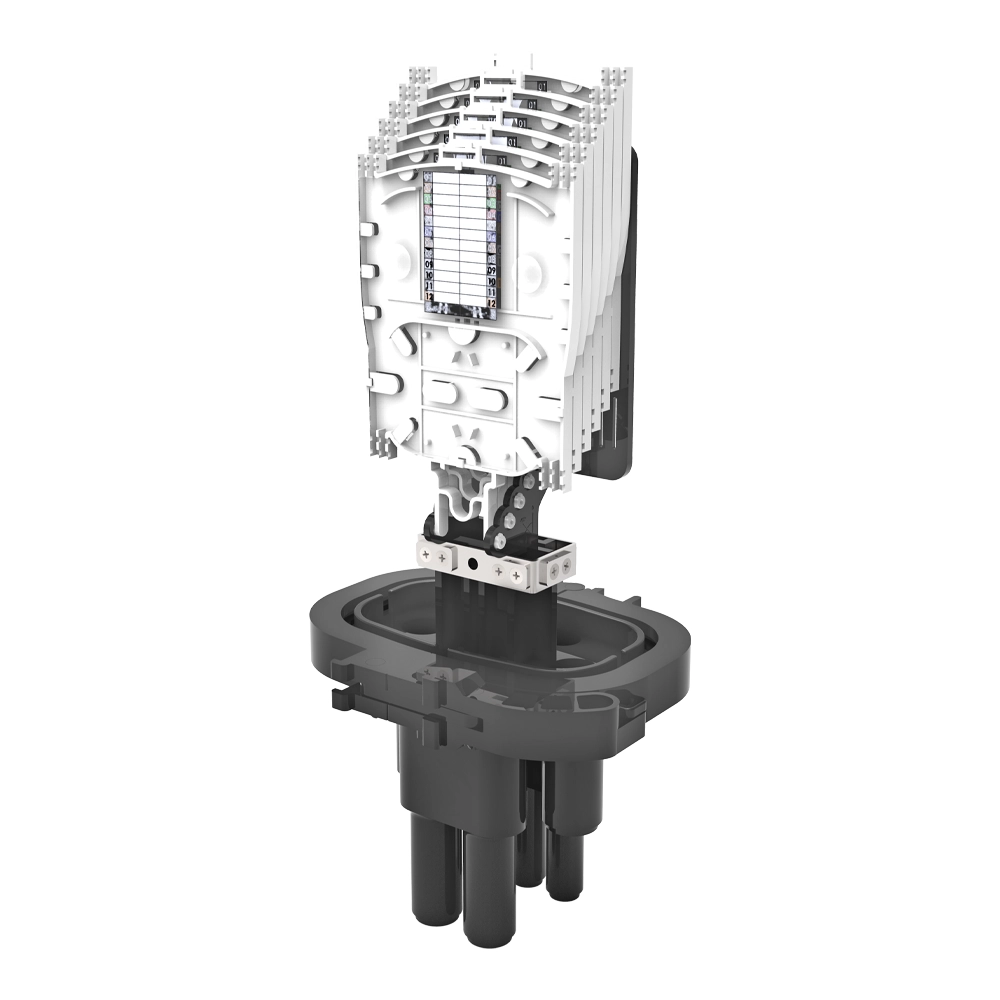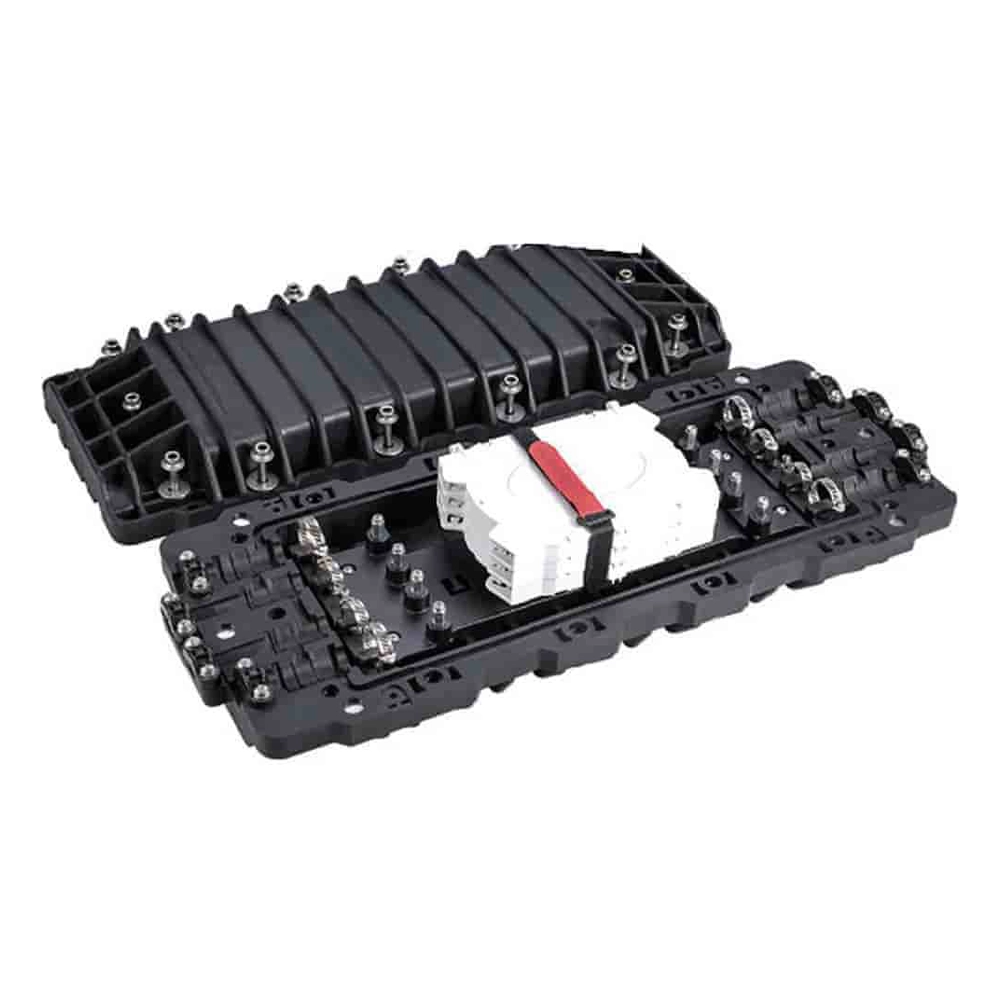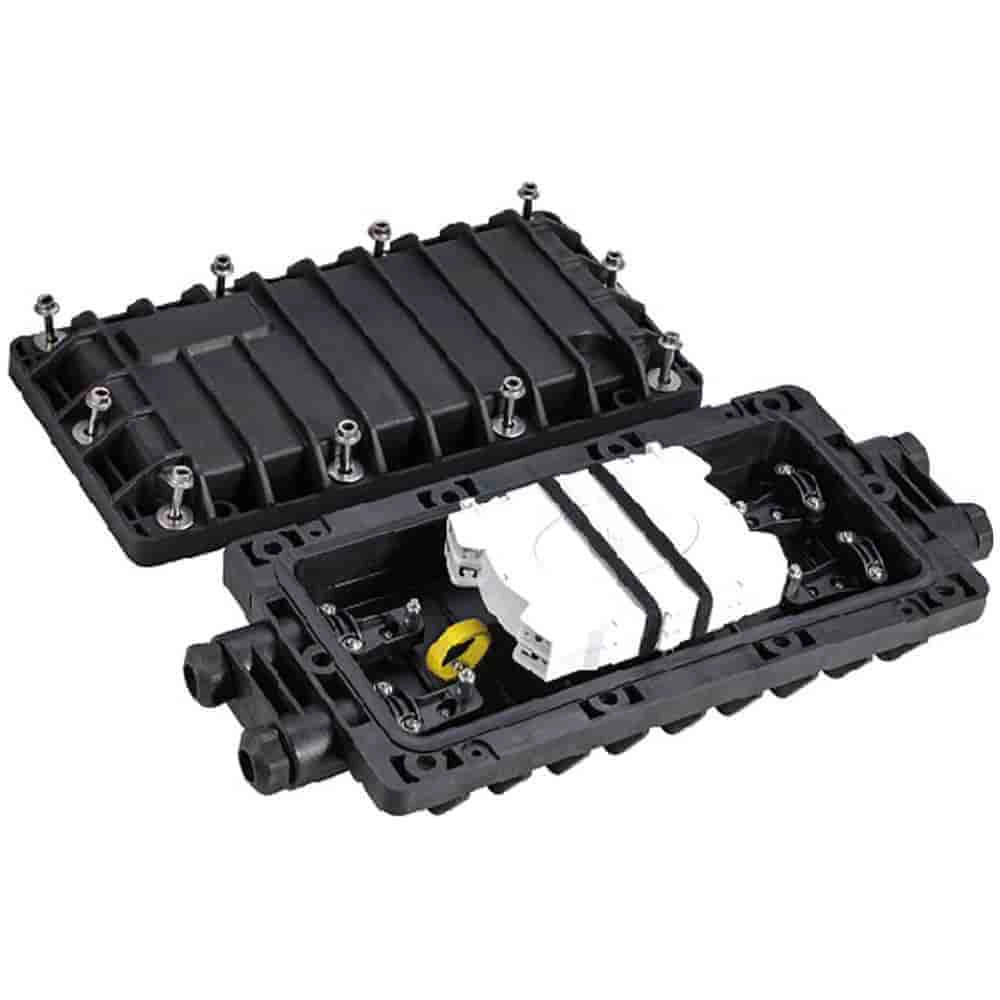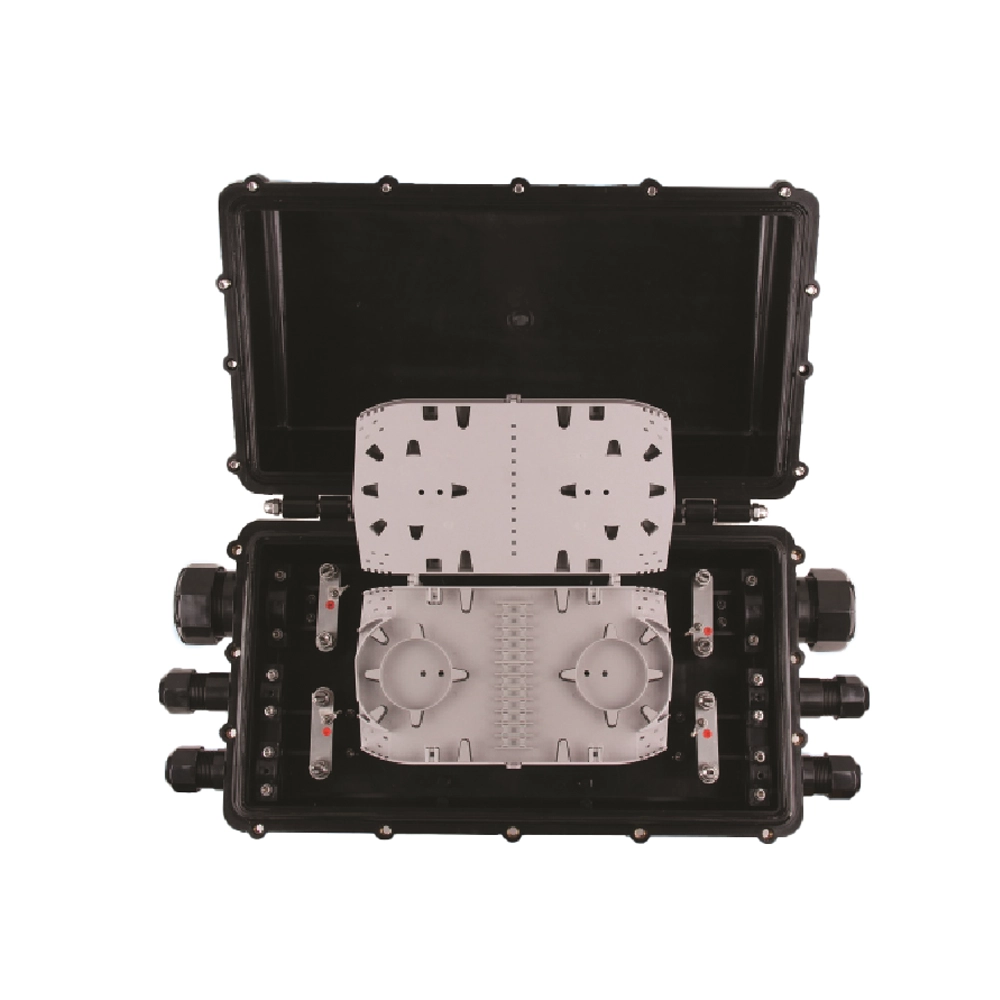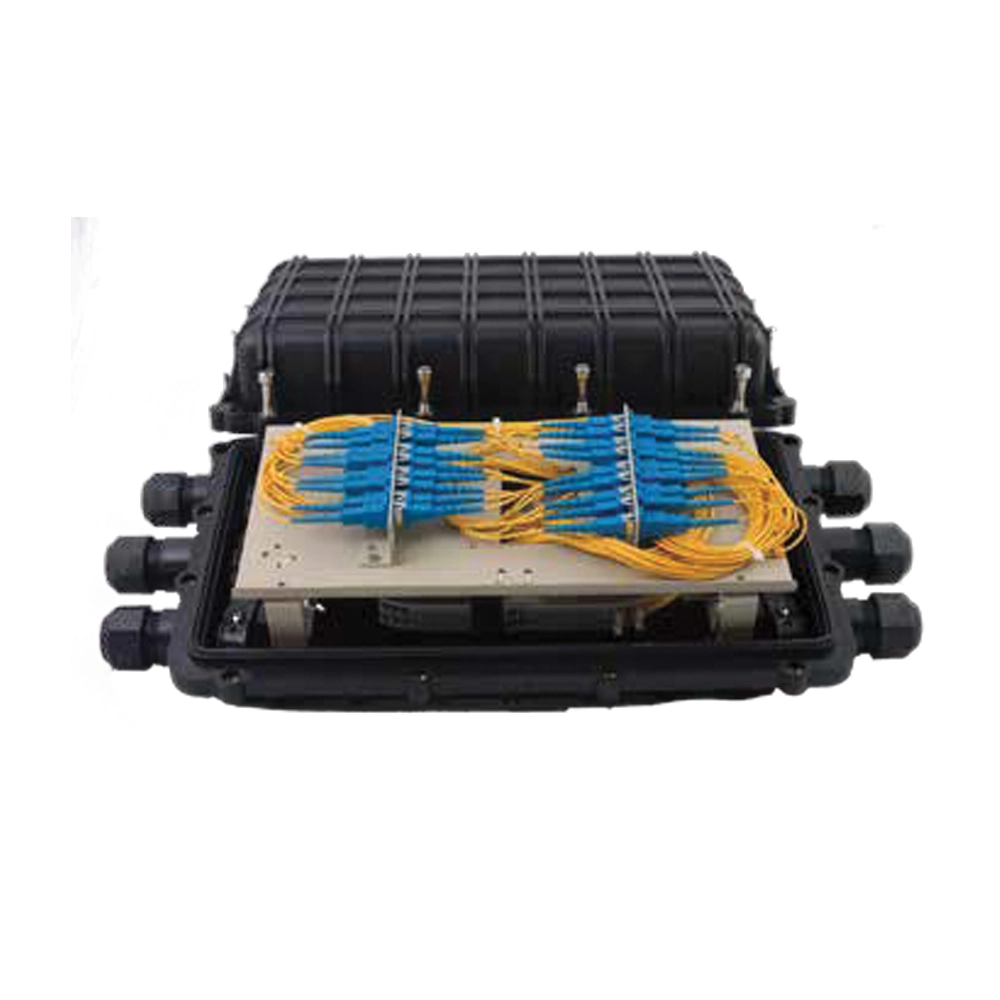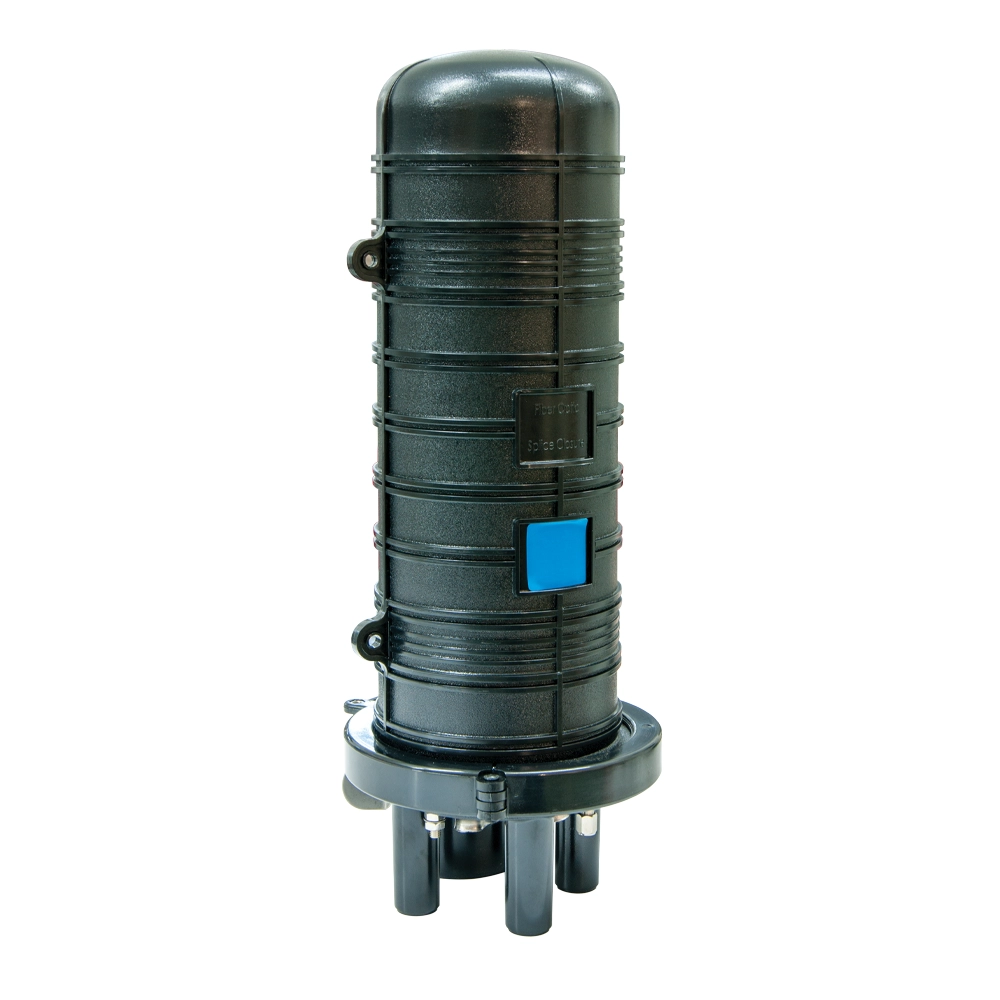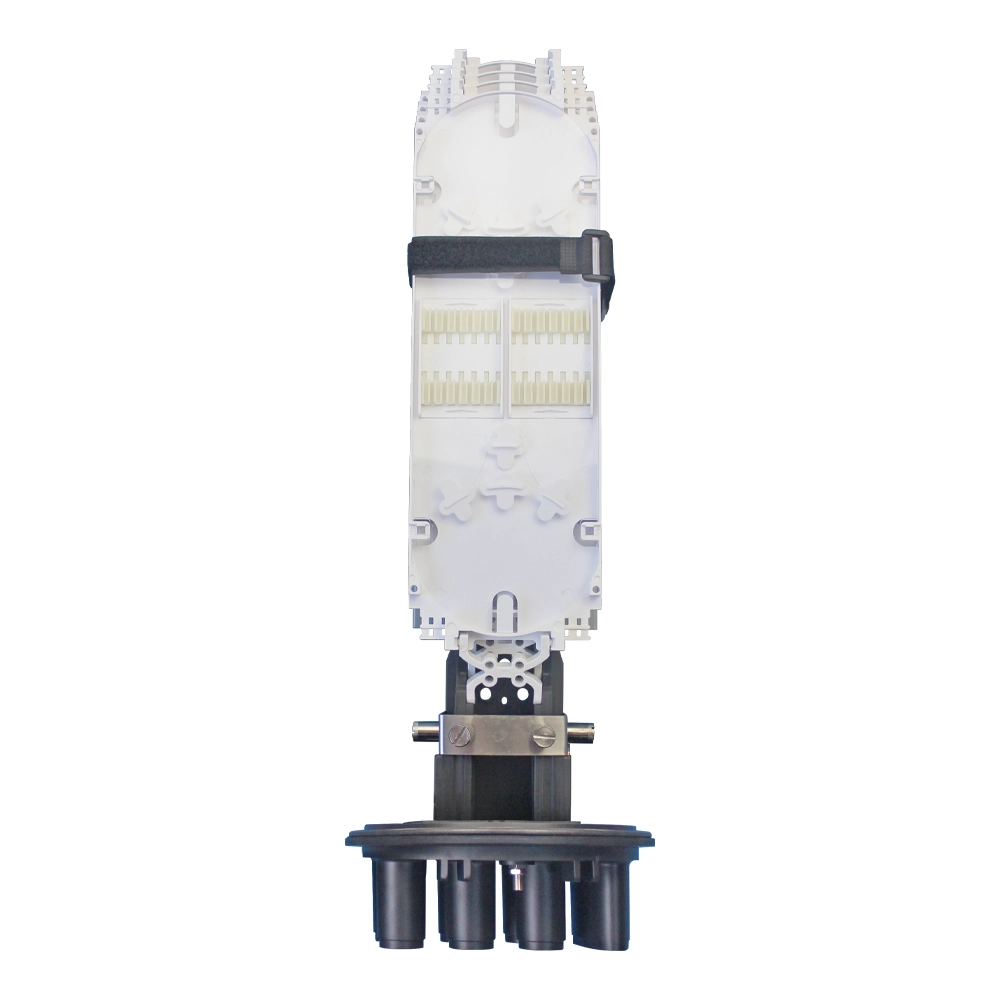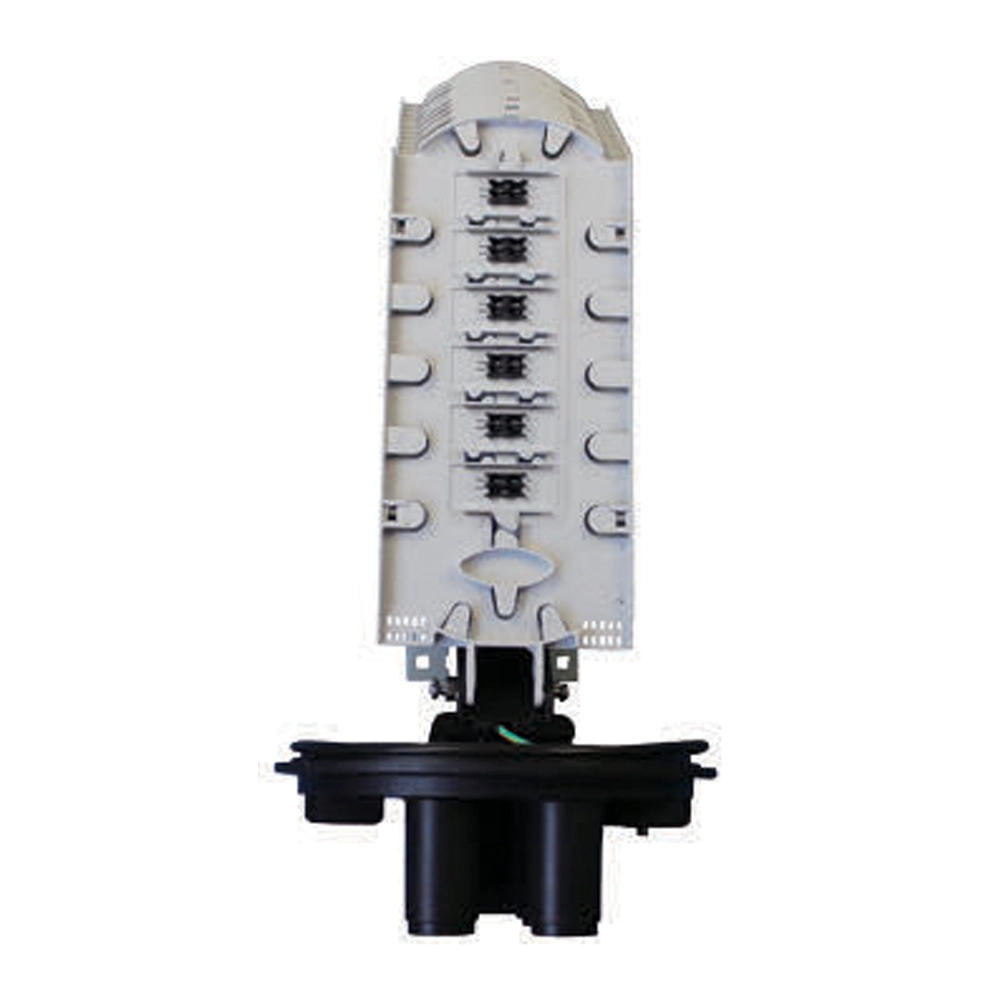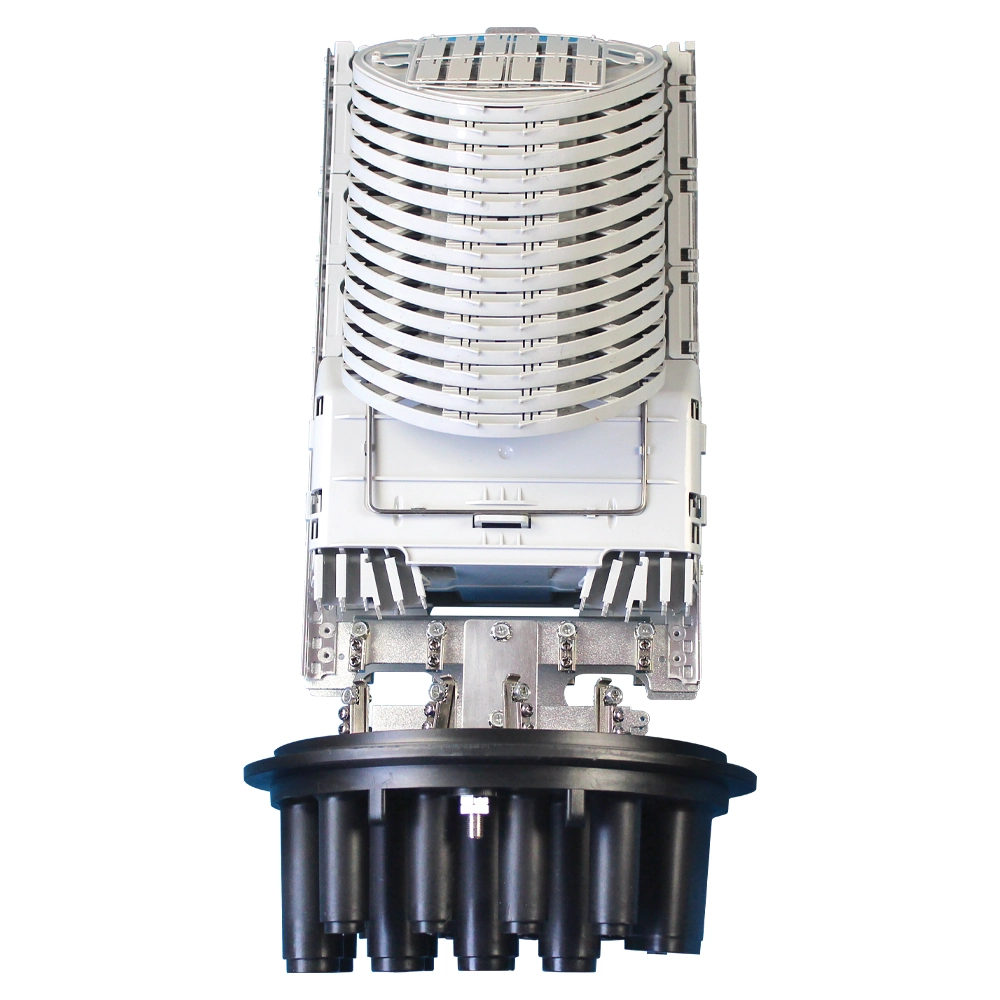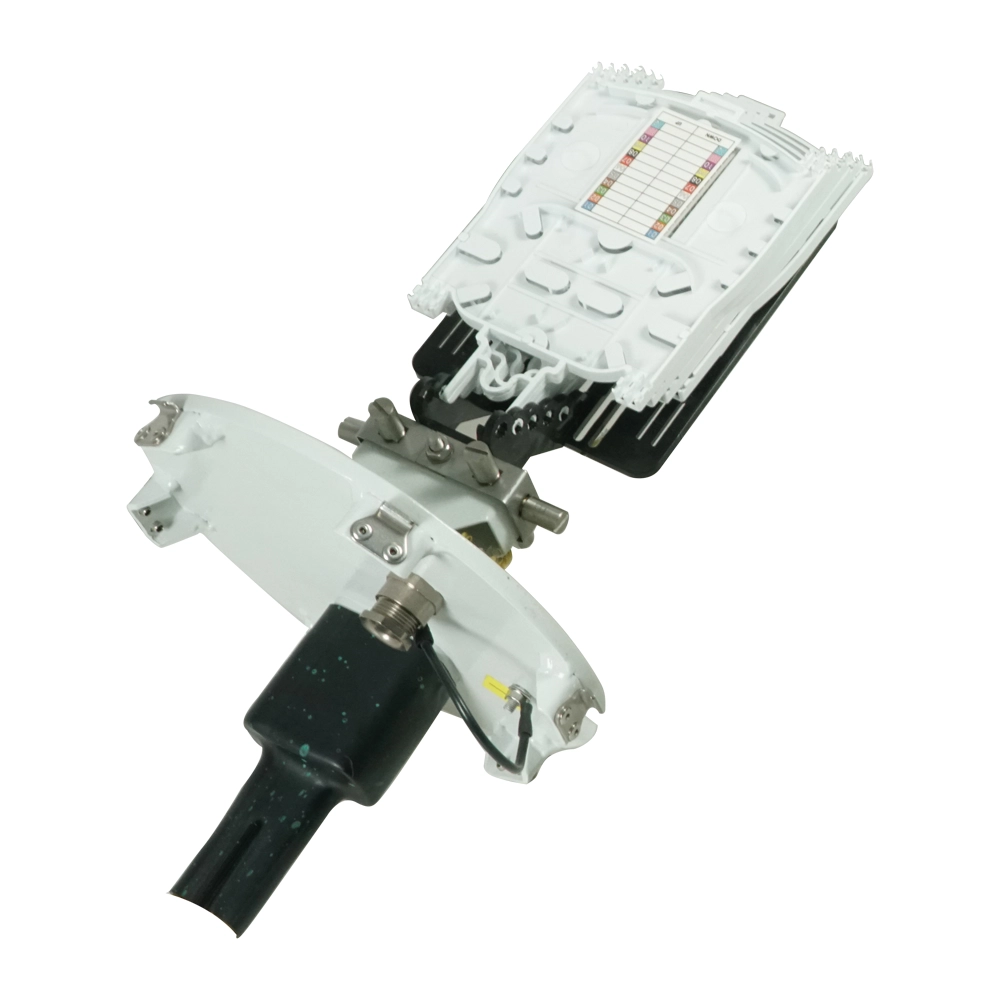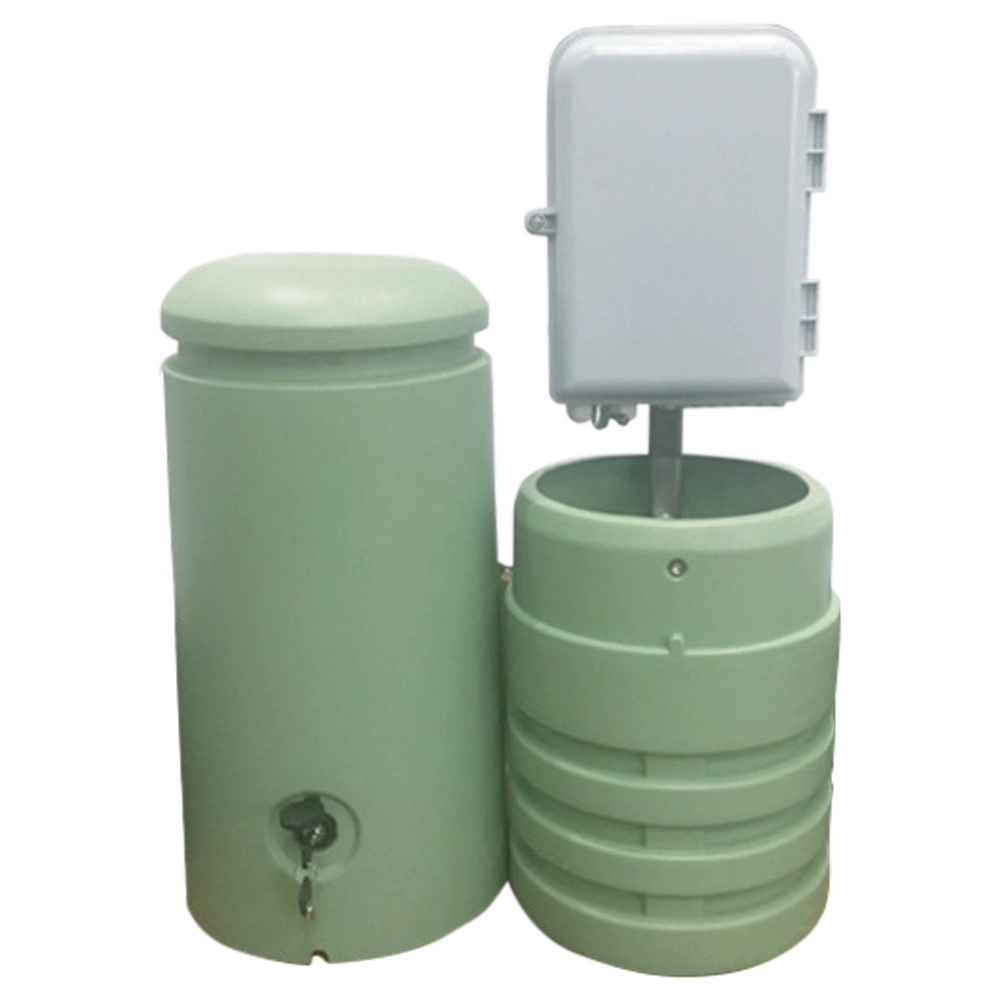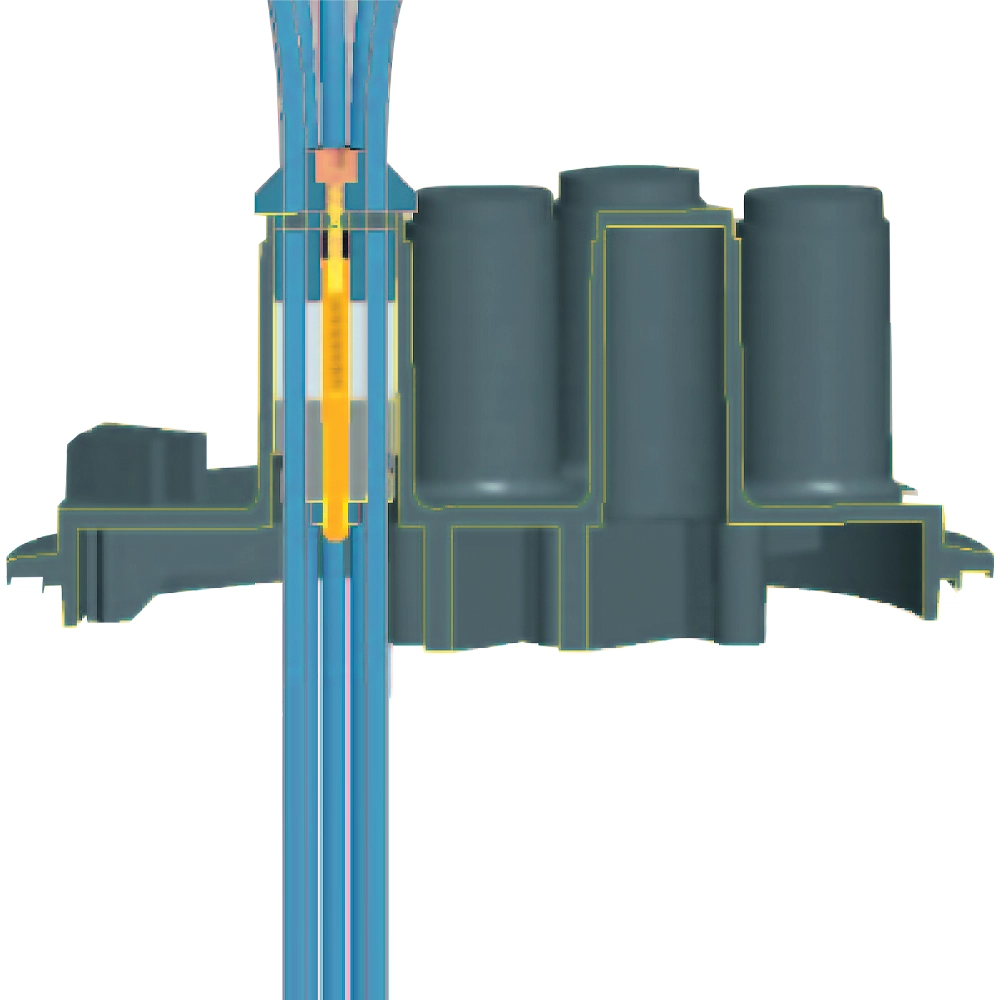SPLICE CLOSURES
- CAN-DO-2000 Series Dome Type SCM Splice Closure
- CAN-AE-3000 Series Aerial Type Fiber Optic Splice Closure
- CAN-DO-5000 Series Dome Type Fiber Optic Splice Closure
- CAN-IN-6000 Series In-line Type Fiber Optic Splice Closure
- CAN-DO-7000 Series Dome Type Fiber Optic Splice Closures
- CAN-DO-8000 Series Dome Type F/O Splice Closures
- CAN-PED-100 Series Pedestal Fiber Distribution Hub
- Mechanical Sealing Options
Splice Closures: Essential Features and Benefits
Splice closures are critical components in fiber optic networks, providing protection and management for fiber splices. They ensure network reliability by safeguarding splices from environmental and physical damage.
What are Splice Closures?
Splice closures are protective housings for fiber optic splices, shielding them from moisture, dust, and physical impacts. They are used in both aerial and underground installations to maintain the integrity of fiber optic connections.
Key Features of Splice Closures
- Durable Materials: Constructed from high-quality materials like polycarbonate or stainless steel.
- Sealing Mechanisms: Include gaskets and O-rings to prevent water and dust ingress.
- Multiple Entry Ports: Allow for the management of several fiber cables.
- Easy Access: Tool-free entry options and hinged doors for easy maintenance.
- Versatile Mounting: Suitable for aerial, underground, and wall-mounted installations.
- High Splicing Capacity: Accommodate numerous fiber splices.
Benefits of Splice Closures
- Protection: Safeguard fiber splices from environmental and physical damage.
- Flexibility: Adaptable to various network topologies and installation environments.
- Ease of Installation: User-friendly designs reduce installation time and costs.
- Maintenance-Friendly: Easy access for regular maintenance and network expansions.
- Scalability: Support future network growth with high splicing capacity.
Applications
- Telecommunications: Used in telecom networks for fiber optic connections.
- Data Centers: Organize and protect fiber splices.
- FTTH Networks: Ensure reliable connectivity in fiber-to-the-home installations.
- Industrial Networks: Provide robust fiber optic connections.
- Utility Networks: Manage fiber in utility networks efficiently.
Selecting the Right Splice Closure
- Environmental Suitability: Choose closures for specific conditions (temperature, humidity, exposure).
- Splicing Capacity: Ensure adequate capacity for current and future needs.
- Compatibility: Verify compatibility with fiber optic cables and splicing techniques.
- Sealing Performance: High-quality seals protect against moisture and dust.
- Ease of Use: Opt for easy installation and maintenance.
- Cost-Effectiveness: Balance quality, performance, and budget.





